Perhaps the most powerful tribute to Queen Elizabeth’s success is that, at the time of her death, republicanism remains a fringe cause in Britain. Today we mourn the end of her unique reign, yet the immediate future of the Crown is secure because of the admiration she inspired.
Without her steadfast, reassuring presence on the throne, the course of the monarchy could have been far more troubled over the last seven decades. After all, the very concept of a hereditary royal family is a glaring anachronism in our democratic age, where equality is celebrated, elitism deplored and privilege despised. The danger of the Crown becoming ever more outdated was further exacerbated by the remarkable changes in British society since February 1952, when the Queen succeeded her father George VI as sovereign. At the time of her accession, Britain still ruled a vast empire of 70 territories, had a colossal navy, national military service, and the death penalty and a foreign born population of less than one million. Television was in its infancy, the crime ratewas at lows we would never see again, homosexuality illegal, and the theatre subject to censorship. The Tories were the most popular party in Scotland, while workers paid a low percentage of their earnings in income tax and national insurance.
The Queen presided over a transformation on almost every front, from the end of Empire to the creation of a multi-racial country where almost 15 per cent of the population is born abroad. While nationalism is dominant in Scotland, national pride is increasingly regarded with suspicion in England. Compared to 1952, Britain is now more socially tolerant, diverse, prosperous and open, but is also more violent, heavily taxed, fragmented. Military might has disappeared but our global cultural power is perhaps stronger than ever, particularly through music and entertainment.
Through all this flux, the Queen remained a symbol of unity and stability. What made her achievement all the more remarkable was that, in one respect, she was not well-equipped for the role. Naturally shy, she did not have the forceful magnetism of Elizabeth I or the intimidating presence of Queen Victoria. In 1957, just five years into her reign, she was savagely attacked by the Tory maverick John Grigg for the class-ridden narrowness of her court and her awkward style of public speaking. ‘She appears to be unable to string a few sentences together without a written text,’ while her personality came across ‘as that of priggish schoolgirl,’ he wrote. There was a huge outcry over his article, and he was assaulted outside a TV studio by a member of the League of Empire Loyalists, the forerunner of the National Front. Yet, in the wake of the row, the Palace made important changes, like rationalising its management and ending its participation in the upper-class London season. The Royal Family also became more media friendly, culminating in the decision in 1969 to allow a documentary to be made about their domestic life, contradicting the famous warning from the Victorian constitutionalist Walter Bagehot that ‘we must not let daylight in on the magic.’
But the Queen never lost her instinctive reserve. It was this quality that led to some of the darkest moments of her reign, like the aftermath of the Aberfan disaster in 1966, caused by the collapse of a spoil heap on a primary school, when she was heavily criticised both for her lack of emotion and the tardiness of her visit to the scene. More than 30 years later, in 1997, similar charges were levelled against her with far greater vehemence following the death of Princess Diana, the nearest modern Britain came to a Republican moment.
Yet the same phlegmatic, stiff-upper lip also enabled her to carry out her duties so indefatigably for so long as the embodiment of traditional British stoicism. Self-pity, bombast and egocentricity were entirely absent from her character, as befits a member of the wartime generation who had been a mechanic in the Auxiliary Territorial Service (ATS) and whose family had refused to be evacuated even at the height of the Blitz. On her 21st birthday, she declared in a radio broadcast to the Empire that her ‘whole life, whether is be long or short, shall be devoted to your service.’ She certainly lived up to those words. Until her mid-nineties she was regularly meeting 50,000 people-a-year and carrying out at least 350 annual engagements. ‘I have to be seen to be believed,’ she once explained. That outlook was very different to that of Queen Victoria, who withdrew from public life following the death of Prince Albert, prompting one disillusioned citizen to pin a notice on Buckingham Palace railings that read, ‘these commanding premises to be let or sold as a consequence of the late occupant’s declining business.’ Elizabeth II never provoked such disillusion or antagonism. Her dedication, combined with her instinctive frugality – epitomised by her use of Tupperware boxes in which to keep her breakfast cereals – meant that that there was little controversy over the fabulous personal wealth of the monarchy Royal Family, estimated to be worth £20 billion and buttressed by 26 residences.
There were other ingredients of her success, including her devout Christian faith, the support of her husband Prince Philip, and her personal bravery; in 1981, during the Trooping the Colour ceremony, a deranged teenager called Marcus Sarjeant fired six blank shots at her. With tremendous composure, the Queen calmed down her startled horse, then resumed the procession. ‘She’s made of strong stuff,’ said Prince Charles. Another asset was her willingness to embrace change. Although her lineage stretched back more than a millennium, she was never a reactionary. She turned the demise of Empire into a positive development by championing the Commonwealth, one of the central themes of her public life. ‘It is an entirely new conception built on the highest qualities of the spirit of man,’ she said in her Coronation year of 1953. The Coronation itself gave a massive impetus to the growth of television, with a colossal audience of 27 million people. A keen user of online and mobile technology, she sent an email as early as 1976, when she took part in a practical demonstration at the Royal Signals establishment in Malvern of the ARPANET computer network, the forerunner of the internet.
Her stature was further enhanced by her strict regard for political impartiality. In contrast to Queen Victoria, who was a partisan Whig in her youth and a diehard Tory in her old age, she never became embroiled in party politics. This is a monarch who could shake the hand of Sinn Fein’s Martin McGuinness in 2012 and smooth the wheels of diplomacy by dancing with Ghana’s President Kwame Nkrumah in 1961. In a further indicator of political detachment, she had good relations with most of her prime ministers. She adored Churchill, not least because of their shared passion for horse racing. ‘He was always such fun,’ she said, a feeling he reciprocated. ‘All the film people in the world, if they had scoured the globe, could not have found anyone more suited to the part,’ he told his doctor Lord Moran. She was perhaps closest to Alec Douglas-Home, briefly Prime Minister in 1963-64. As one Palace aide recalled, ‘She loved Alec. They talked about dogs and shooting together; they were the same sort of people.’ But she was also fond of Harold Wilson and the avuncular Jim Callaghan, whom she admired for his wartime naval service. In all her years on the throne, the only moment of friction with a premier arose in 1986, when her press secretary Michael Shea informed the Sunday Times of the Queen’s concerns about Margaret Thatcher’s ‘confrontational’ policies. The Palace later apologised.
But given all the political turmoil since 1952, the Queen had an extraordinary gift for avoiding trouble. Her sense of constitutional propriety, allied to her epic spirit of public service, helped her carve a special place in our history. On meeting her in 1928, when she was just two, Churchill wrote that ‘she has an air of authority and reflectiveness astonishing in an infant.’ That youthful promise could not have been fulfilled more triumphantly.
Got something to add? Join the discussion and comment below.
Get 10 issues for just $10
Subscribe to The Spectator Australia today for the next 10 magazine issues, plus full online access, for just $10.

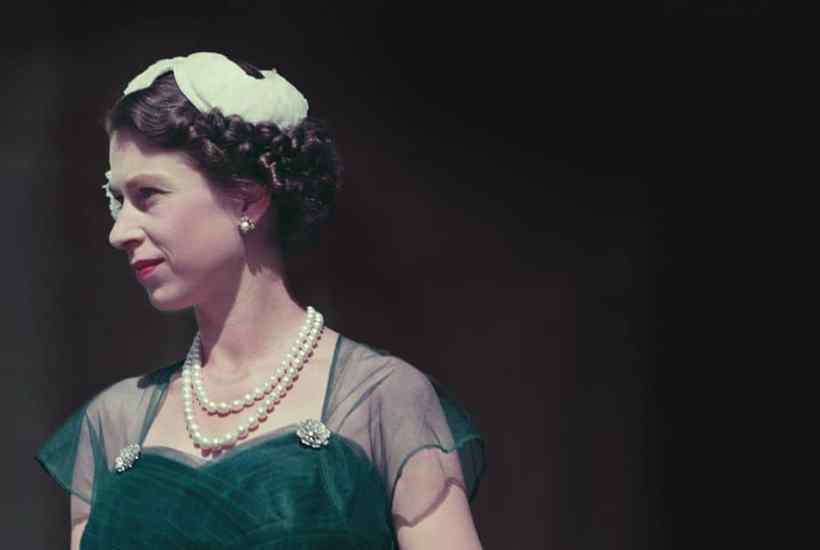



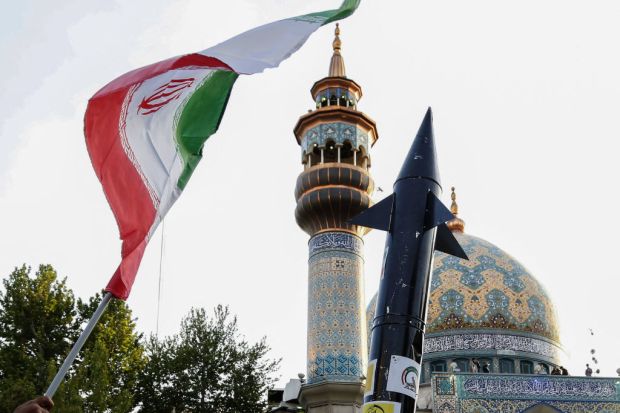

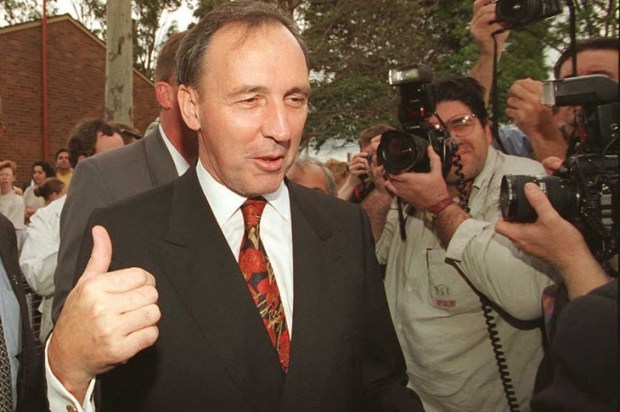
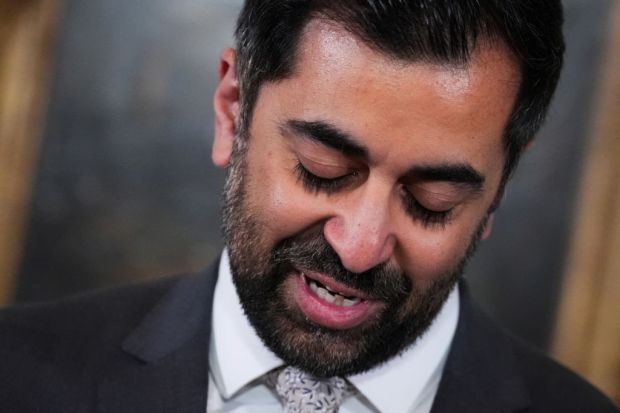

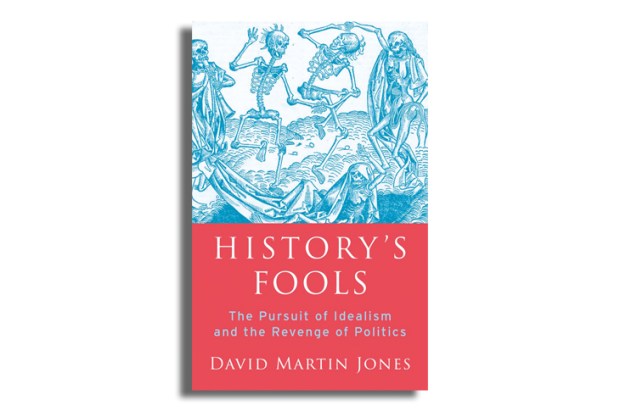


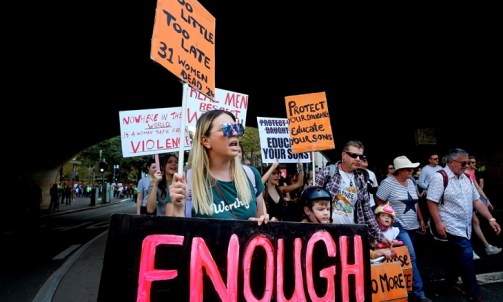
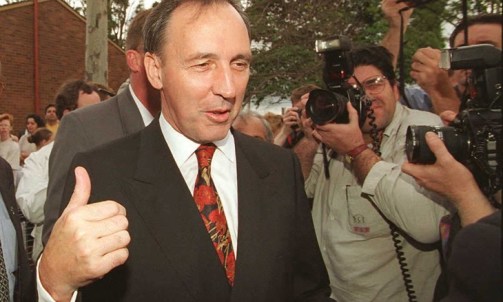
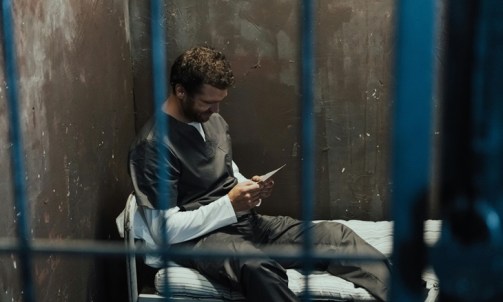
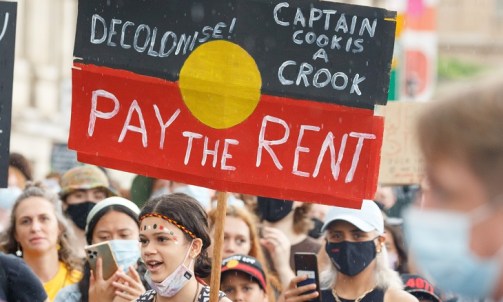


Comments
Don't miss out
Join the conversation with other Spectator Australia readers. Subscribe to leave a comment.
SUBSCRIBEAlready a subscriber? Log in